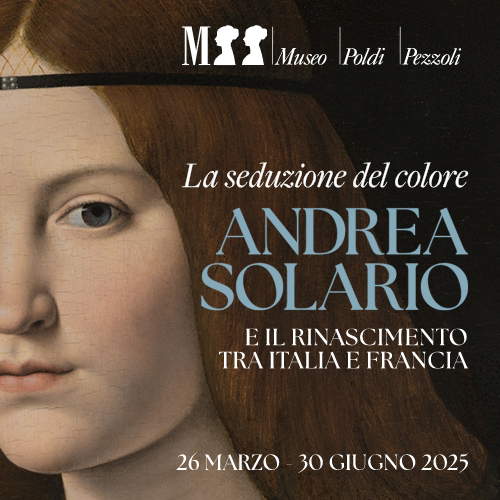Verona, young scholar discovers rare and valuable 11th century Andalusian astrolabe
Important discovery in Verona, where historian Federica Gigante, who is doing a postdoctoral fellowship at Christ College , Cambridge, has discovered a rare astrolabe at the Miniscalchi-Erizzo Museum Foundation. It is an astronomical instrument adapted, translated and corrected over the centuries by Muslim, Jewish and Christian users in Spain, North Africa and Italy. An astrolabe is a portable two-dimensional model of the universe that fits in the user’s hand and allowed them to calculate time, distances, plot the position of stars and, according to ancient beliefs, even predict the future by formulating a horoscope.
Federica Gigante is an expert on Islamic astrolabes (she is also curator of Islamic collections at the History of Science Museum in Oxford): she was able to date and locate the creation of what is now “the astrolabe of Verona” by studying its basic features. The astrolabe features a “net,” a perforated disk representing a map of the sky. From the style of the engraving on the astrolabe and the arrangement of the scales on the back, Gigante matched it to instruments made in the territory of Al-Andalus, or Muslim-dominated Spain in the 11th century. And by analyzing the position of the stars on the rete, it is possible to calculate that they were placed in the position that the stars were in in the late 11th century, making it one of the earliest known works of its kind made in Spain. The position of the stars corresponds very closely to the position of the stellar indicators of the late 11th-century nets, particularly the net of IbrÄhÄ«m ibn SaÊ¿Ä«d al-SahlÄ«’s Oxford astrolabe made in Toledo in 1068 A.D. It is therefore likely that the original net dates from the late 11th century (or at least was based on the stellar coordinates of the time). Finally, the calligraphic style of the net is compatible with an object made in the 11th/12th century, lending further credence to the dating.
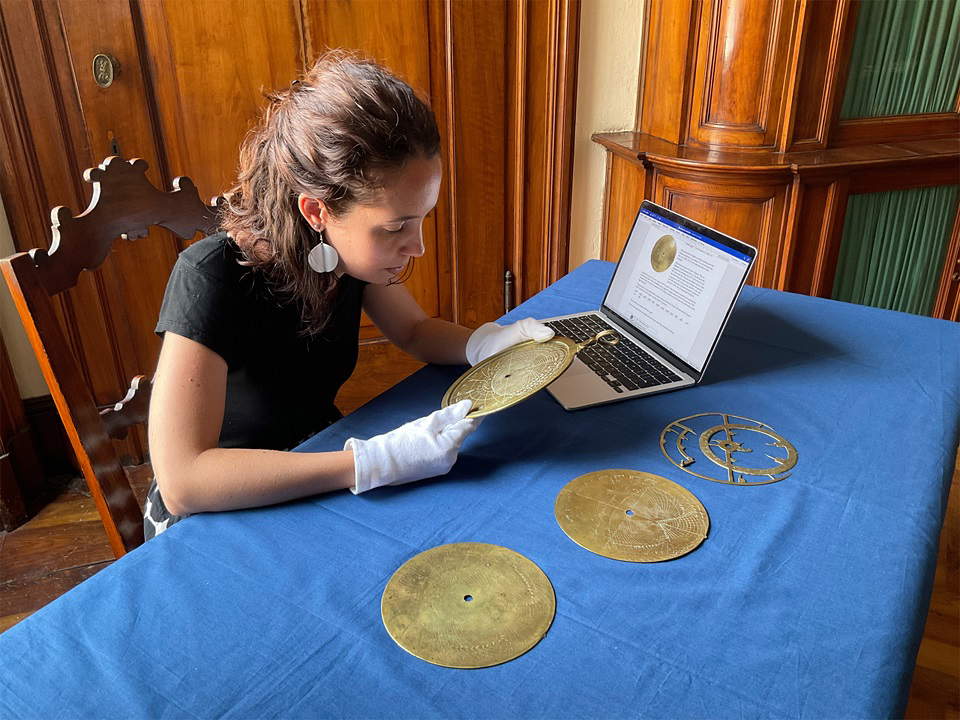
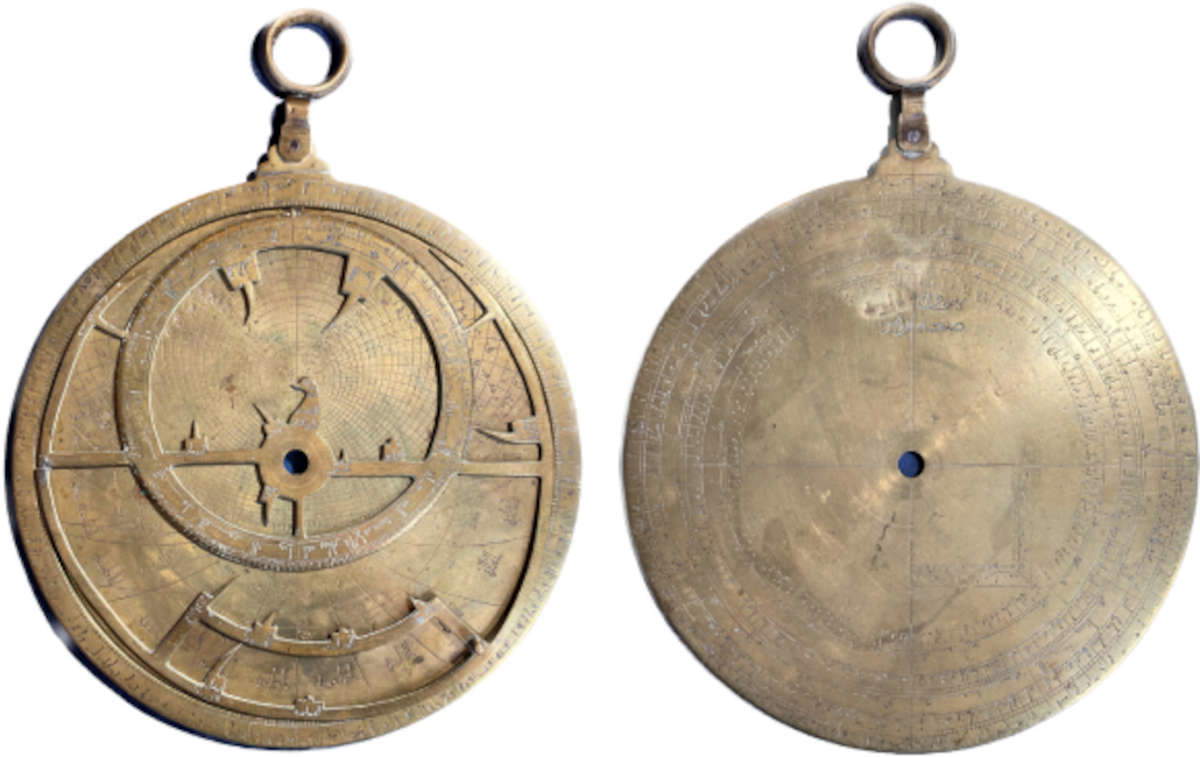 The astrolabe
The astrolabeThe astrolabe, according to the historian, may have been made in Toledo at a time when the city was a thriving center of coexistence and cultural exchange between Muslims, Jews and Christians. The Hebrew names in Arabic characters engraved on the astrolabe suggest that it circulated in the Sephardic Jewish community in Spain, which spoke the Arabic language. A second plaque, added later, bears North African inscriptions, suggesting that at some point in its life the object was perhaps used in Morocco or Egypt.
“When I visited the museum and studied the astrolabe closely, I noticed that it was not only covered with beautifully engraved Arabic inscriptions, but that I could make out faint Hebrew inscriptions. I could distinguish them only in the grazing light coming in through a window. I thought maybe I was dreaming, but I kept seeing more and more. It was very exciting. Hebrew additions and translations suggest that at some point the object left Spain or North Africa and circulated among the diaspora Jewish community in Italy, where Arabic was not understood and Hebrew was used instead.”
Indeed, 12th-century Verona was home to one of the oldest and most important Jewish communities in Italy. The astrolabe is believed to have entered the collection of the Veronese nobleman Ludovico Moscardo (1611-1681) before passing by marriage to the Miniscalchi family (the seventeenth-century inventories of the Moscardo family contain references to multiple astrolabes, but to the best of our knowledge only the one in the Miniscalchi-Erizzo Foundation has survived to the present day). In 1990 this family founded the Miniscalchi-Erizzo Museum Foundation where the astrolabe is preserved today. “This is not only an incredibly rare object. It is an important record of scientific exchange between Arabs, Jews and Christians over hundreds of years,” Gigante said.
A scientific article on the discovery was published March 1 in the journal Nuncius. The astrolabe, the article says, closely resembles the recommendations prescribed by the eclectic Spanish Jew Abraham Ibn Ezra (1089-1167) in the oldest surviving treatise on the astrolabe in the Hebrew language, written in 1146 in Verona itself. Ibn Ezra’s treatise assumes a pre-existing knowledge of the astrolabe among the Verona Jewish community, showing that the instrument must have already been popular. He does not speak of a particular object, but of a generic type of astrolabe, probably of the type that circulated in 12th-century Verona among the Jewish community. The instrument he describes was engraved in Arabic, was originally a Muslim object and had Muslim prayer lines, and was created for territories under Muslim rule, like our astrolabe: all features found in the Verona astrolabe.

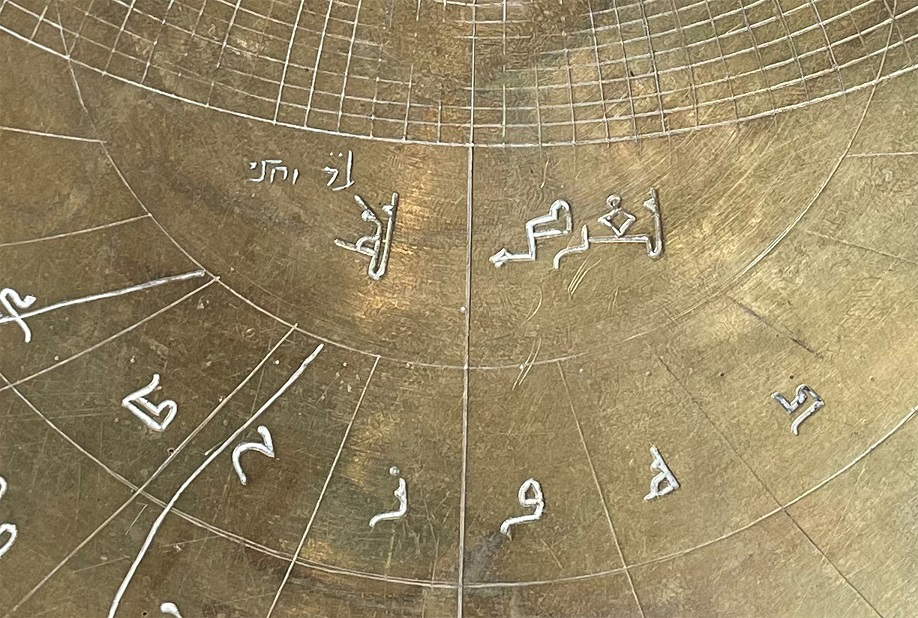 The astrolabe of
The astrolabe of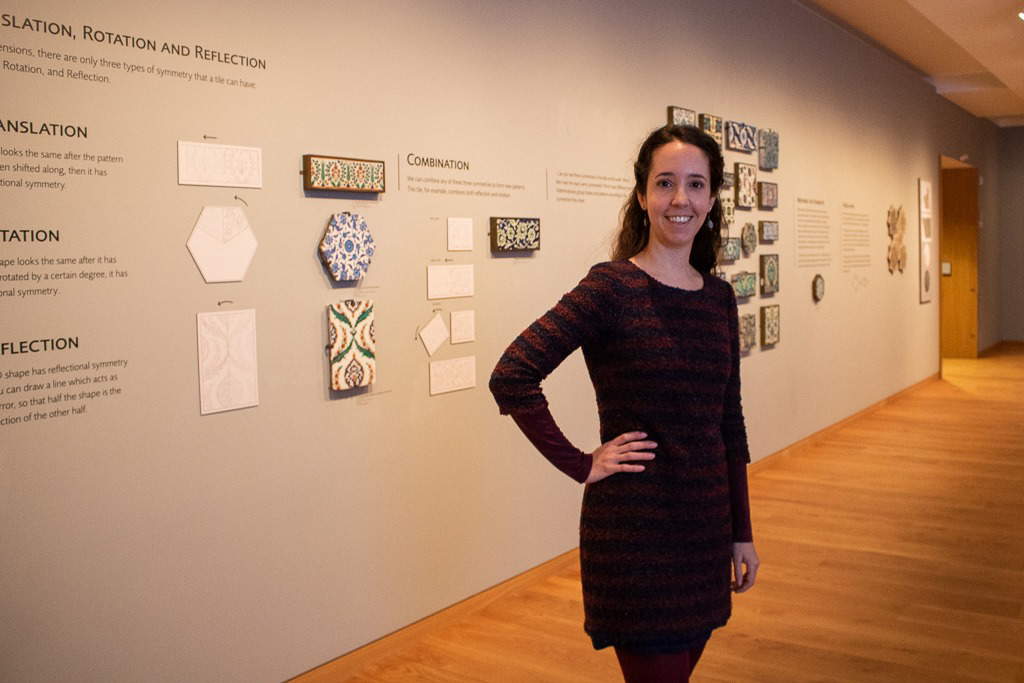
Because of its provenance, the Verona astrolabe is believed to be one of the earliest Islamic astrolabes documented in early modern Italy still preserved today. It consists of the mater, two plates, one of which is a replacement, and a rete. The alidade, pin, and horse are missing. The astrolabe is undated but is signed on the back with what appears to be a later addition (fig. 10). The signature, that “for IsḥÄq [...]/the work of YÅ«nus,” also includes a conspicuous deletion of the word following the dedicatee’s name, suggesting that a possible patronymic was voluntarily erased. The two names, IsḥÄq and YÅ«nus, i.e., Isaac and Jonah in English, could be Hebrew names written in Arabic characters, a detail that might suggest that the item circulated at some point within a Sephardic Jewish community in Spain, where Arabic was the lingua franca. The round, cursive script of the signature stands in stark contrast to the smaller kufic engravings on the rest of the object, thus signaling the presence of a different hand.
Then, during its history, the astrolabe had to pass into the hands of an owner who added Western numerals, probably a Latin or Romance speaker. Why the additions of Western numerals are multiple and even at odds with each other is more difficult to explain since the hand carving them seems consistent everywhere: given that some are simple translations and do not change the value of the Arabic numerals, while others differ from it, it can be assumed that a non-Arab and non-Jewish user probably added them when the object was already in Italy, and that the presence of multiple values shows the user grappling with reading the value on the instrument, rather than the Arabic one.
The Verona astrolabe appears, then, as a kind of palimpsest that reveals the needs and hands of multiple user-users through the addition, modification, and deletion of information on it. The original astrolabe is a fine medieval Andalusian instrument, made on the Spanish Islamic peninsula in the 11th century, which later passed into the hands of one or perhaps more Jewish owners as well as one or more Italian owners. It is likely that added Hebrew numerals and translations, as well as Western numerals, were already in place before 1672 when the object entered the Moscardo Museum. Ludovico Moscardo was not an astronomer, and the additions and changes are more compatible with the hand of a professional than that of a collector. What is certain is that the Veronese astrolabe stands out as a remarkable example of an object whose history remains legible on its surface attesting to contacts and exchanges between Arabs, Jews and Europeans in medieval and modern times.
 |
| Verona, young scholar discovers rare and valuable 11th century Andalusian astrolabe |
Warning: the translation into English of the original Italian article was created using automatic tools. We undertake to review all articles, but we do not guarantee the total absence of inaccuracies in the translation due to the program. You can find the original by clicking on the ITA button. If you find any mistake,please contact us.






